Fairness in Funding
Background
According to the most recent estimates from the American Community Survey (ACS), the nonmetro poverty rate was 15.4 percent in 2019, compared to 11.9 percent in metro areas. In addition to a significant portion of the rural population living below the poverty line, many rural families lack access to quality schools, affordable, quality health care, and adequate job opportunities. Even before the COVID-19 pandemic, rural school districts faced persistent staffing problems, and rural educators often have qualification gaps when compared to their urban counterparts. Physician shortages have left a number of rural counties without critical care support; of the 7,200 areas with a health professional shortage, three in five are in rural areas.[1] Many rural communities that have long been dependent on a single resource or on one company have suffered because the company has shut down or moved away. This situation has left many communities with a high unemployment rate and unemployed workers in need of workforce development training. State policymakers should consider funding and investment opportunities to attract rural educators, rural medical providers, sustainable jobs, and workforce development strategies that promote employment opportunities and economic sustainability for rural areas.
[1] National Rural Health Association. Rural Health Care. https://www.ruralhealth.us/about-nrha/about-rural-health-care.
State Policy Priorities
- Prioritize state funding investments for rural communities.
- Appropriate funds to incentivize teachers and health professionals to work in rural communities.
- Appropriate funds for loan forgiveness for professionals who commit to working in rural communities.
State Examples
- Colorado (CO 2016 SB 104) considered a bill that would create multiple programs to incentivize teachers to work in rural districts. They were also hoping to establish a rural educator position in the Department of Education to oversee rural teaching recruitment issues.
- Minnesota (MN 2016 H 2749) enacted a grant program that provided student teaching stipends for low-income students and grants for licensed teachers who agree to teach in a high-need subject area or geographic region.
- Colorado (CO 2022 HB 1005) is considering tax incentives to develop and sustain a rural health workforce and medical professional pipeline for rural and frontier communities.
- Iowa (IA 2021 HB 196) expanded their health care professional loan repayment program for health care professionals in rural areas, while Maine (ME 2021 HP 748) is creating a health care fellowship program for underserved rural communities.
- Alabama (AL 2022 HB 135) is working toward a budget that appropriates state funds to a variety of rural resources, including rural workforce development, rural products marketing, and rural educator recruitment.
- In Florida (FL 2020 SB 426), the legislature modified funding requirements of the Regional Rural Development grants program to require that grant recipients serve or be located in a rural area of opportunity.
- In Washington, lawmakers recently right-sized the state’s tax code when they enacted (2021 WA SB 5096), a first-of-its-kind excise tax on capital gains in excess of $250,000. Washington legislators also provided tax relief to lower-income families by funding the state Working Families Tax Credit (2021 WA HB 1297) and expanding it to include immigrant taxpayers who are excluded from the federal Earned Income Tax Credit (EITC).
Toolkits
Inspired? Ready to dig in on these issues with your rural neighbors? Our practical communications toolkits will help you connect with new communities through common values. The toolkits provide examples on narrative framing, press release templates, sample talking points, and more.
Click here for the communications toolkit on Investing in Rural Livability.
